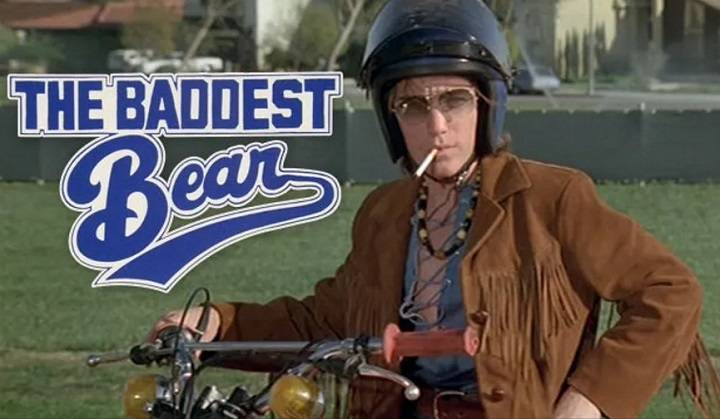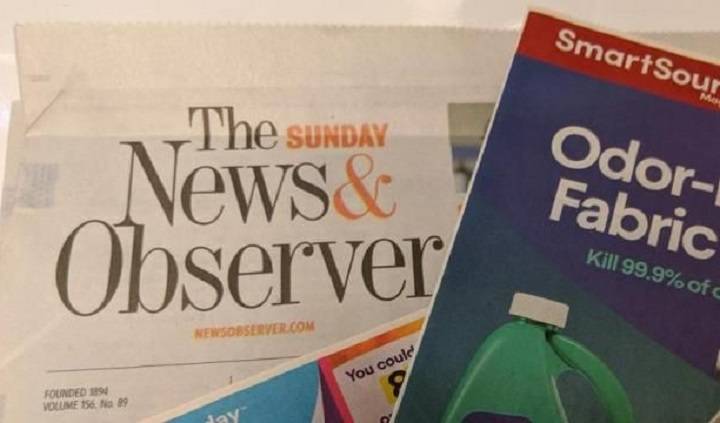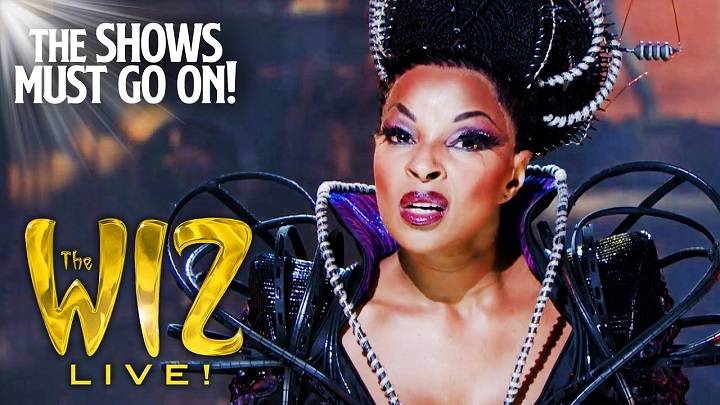
Breaking News Shooting Today: A Critical Analysis of a Nation’s Most Widespread Tragedy
There’s a sickening familiarity to the phrase “breaking news shooting today.” It’s now an omnipresent mobile icon, a scarlet ribbon on real-time television, and a life-freezing push alert for families praying their loved ones are alive. It shouldn’t be part of any nation’s every-day, and yet here it is—again. Each installment is different, each victim unique, each town irreparably altered. But the words never vary. Brief. Straightforward. Horrific.
Across the United States, across the world, gun violence has escalated to a crisis that feels infinite and unstoppable. When there is another shooting, neighborhoods live through the same pattern of despair—shock, terror, sadness, anger, and ultimately, resignation. Overwhelmed by the cacophony of sirens screaming and lights flashing are the stories—the shattered lives, the hopes and dreams shattered, the families shattered irreparably.
Here, we go beyond the warning. We get deeply into the anatomy of precisely what you are when you see or read “breaking news shooting today.” We explore the line of slaughter, the psychic cost of the aftermath, and the multidimensional matrix of political, social, and psychological forces driving each shooting. This is not just news. This is a plague of the contemporary age.
How a Routine Day Turns Deadly in an Instant
From Ordinary to Rubble: The Irreversible Process

It begins as any typical day. Children are in school. Shoppers are purchasing food. Office workers are commuting. Some are simply idling in the park or getting a morning coffee at the cafe. And then there are the sounds—screams, shouts, shots. Fear is spreading before it even makes rational sense. Panic becomes horror. And suddenly, normalcy is gone.
This tragedy, this breaking news shooting today, is unanticipated yet always anticipated. There are school lockdown drills. Shopping malls practice evacuations. Emergency responders practice. Yet real events are never tidy. They are noisy, chaotic, and with unrelenting uncertainty. Two or three seconds are an eternity of trauma for the living and an end to the dead.
Understanding the Human Toll Beyond the Headlines
The People Behind the Footage
The ugliest part of constant violence is desensitization. When there are shootings so consistently on almost a daily basis, audiences can start to see them as simply another tragedy to cycle through in the news. But every breaking news shooting today has names, families, futures, and stories untold: A teacher shielding kids. A college saver. A mom buying a birthday cake.
They were not statistics or wall pictures. They were people—laughing, dreaming, living—until the shooting. Their deaths leave an empty space not just within their families but in the town or city where they lived. The influence is experienced far longer than in the moment of the event and across the years of uncelebrated birthdays, holidays observed in sorrow, and anniversary of silence.
The Aftermath: What Happens Next When the Cameras Leave
Grief, Healing, and the Unseen Struggle
When the scene clears, the cameras pack up, and breaking news alert no longer shines on television screens, life does not resume for victims or their community. What begins is a long, agonizing process of healing. Funerals are planned. Memorials are constructed. GoFundMe pages are set up. Counselors are called in. Parents hold their children closer. Students sit silently in school, reliving what they have seen.
To survivors, the physical injury can heal, but emotional trauma persists. They get PTSD, anxiety, survivor’s guilt, or depression. Their own world was destroyed in a flash, and time and therapy will never restore it the way it used to be. The world itself is left with a shadow of its former self—irrevocably torn asunder by the day that shattered on national television.
Why “Breaking News Shooting Today” Keeps Repeating
Patterns of Violence and the Systemic Crisis
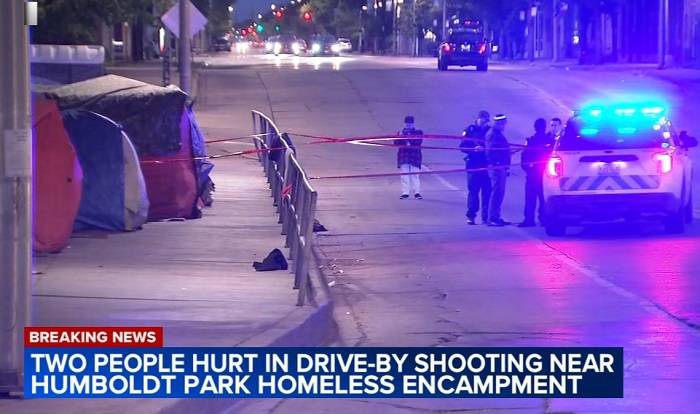
It would be nice to believe that each shooting is an isolated incident, a singular and uncommon occurrence. But the trends indicate otherwise. Shootings are now so commonplace in schools, in the workplace, in places of worship, and even within homes. The search term breaking news shooting today trends daily because the cycle never really breaks. As one tragedy starts to fade from view, another steps up into the spotlight.
Experts attribute a combination of reasons—open access to firearms, lack of mental hospitals, political stalemate, cult of violence among society, and deep social cleavages. While each shooting has its own background, there are general warning signs common to most of them that are neglected. Unless and until these factors curb unmitigated, the trend will not abate.
Media Coverage: The Power and the Problem
When Attention Helps—and When It Harms
Crisis media coverage is significant but controversial. Crimes are brought to the fore by media outlets, incite sympathy, and monitor the authorities. But all this happens at the cost of widespread repetition of the murderer’s name, modus operandi, and motive, which tends to sensationalize or act as a stimulus for copycat crimes.
Shooting breaking news today is a shot in the arm for viewers, clicks, and ratings. But the ethical distinction is thin. Ethical reporting must focus on the victims, the tales, the impact on the community, and what they can do to help. Salaciously sensationalizing the violence to the point of the obscene is apt to do more harm than good. The media can shape public opinion—and the burden is heavy with that.
The Political Divide and Legislative Paralysis
When Grief Meets Gridlock
After every high-profile mass shooting, the argument gets ignited once again: gun control versus gun rights. Feelings are raw. Town hall meetings, TV talk shows, and social media sites are battlegrounds for heated arguments. Some demand stricter background checks, a ban on assault weapon sales, and red flag laws. Others demand Second Amendment safeguards. And more mental health treatment as remedies.
But most often, those discussions amount to nothing. Political stalemate keeps solutions from happening. Bills get introduced and then disappear. Commitments are made and then broken. And the notifications just keep rolling in: breaking news shooting today. And the surviving family gets left wondering why things never change. Why their relative ended up just one more statistic on an ever-lengthening roster.
Stories of Strength: When Tragedy Sparks Change
From Victims to Voices
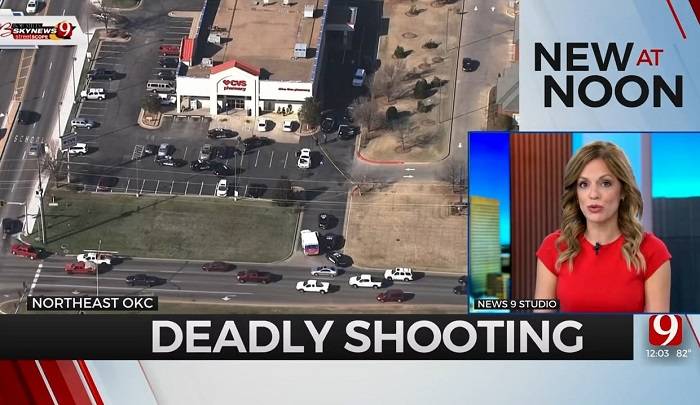
And yet, amidst all the loss and tragedy, there are those who rise up. Victim parents turn into activists. Survivors bring their testimony in passionate speeches. Communities mobilize grass-roots movements. They struggle for change, create awareness, and honor the dead by struggling for the living. Some voices become names that everyone knows. Others work behind the scenes in their home towns.
These are reminders that suffering has the ability to give us meaning. That the words breaking news shooting today don’t have to be accompanied by silence. They can be the beginning of a new conversation, one rooted in love, one rooted in justice, one rooted in memory, and one rooted in change. These are the real heroes—those who will refuse tragedy’s final word.
What Can We Do Now?
Steps Toward Prevention and Compassion
This crisis is reversible. But it’s no longer possible to do nothing. Voters can vote, make their voices heard, give up their time, and donate to mental health causes. Communities can organize community forums, develop crisis plans, and provide funding for trauma recovery centers. Schools can possess threat assessment teams. Workplaces can create safe reporting mechanisms.
Change doesn’t necessarily have to be gigantic to matter. Every life saved matters. Every second of security matters. And every time someone reads breaking news shooting today and acts—rather than swipe past—that’s movement.
FAQs
What if I’m near a breaking news shooting today?
Safety comes first. Run if possible, take cover if you cannot run, and engage if you cannot do anything else. Obey the police and assist others if you can do so without risking yourself.
Why are mass shootings continuing to occur with increasing regularity these days?
It is not one reason, but a combination of reasons such as easy availability of weapons, social isolation, lack of treatment for mental illness, and societal tensions all playing their part.
How does the media make its choices about what to cover if there is a shooting?
News outlets attempt to report verifiable facts in a timely manner but on occasion release unfolding facts. Great journalism avoids sensationalizing the perpetrator and focuses on victims and verifiable facts.
Are shootings preventable?
Most are. Improved threat evaluations, mental health intervention, responsible gun ownership, and legislative change can prevent future tragedies or end them.
Why is there so bitter political debate over gun violence?
Gun rights have roots in America’s history that are very deep. The controversy over constitutional liberties versus public safety drives the issues on.

